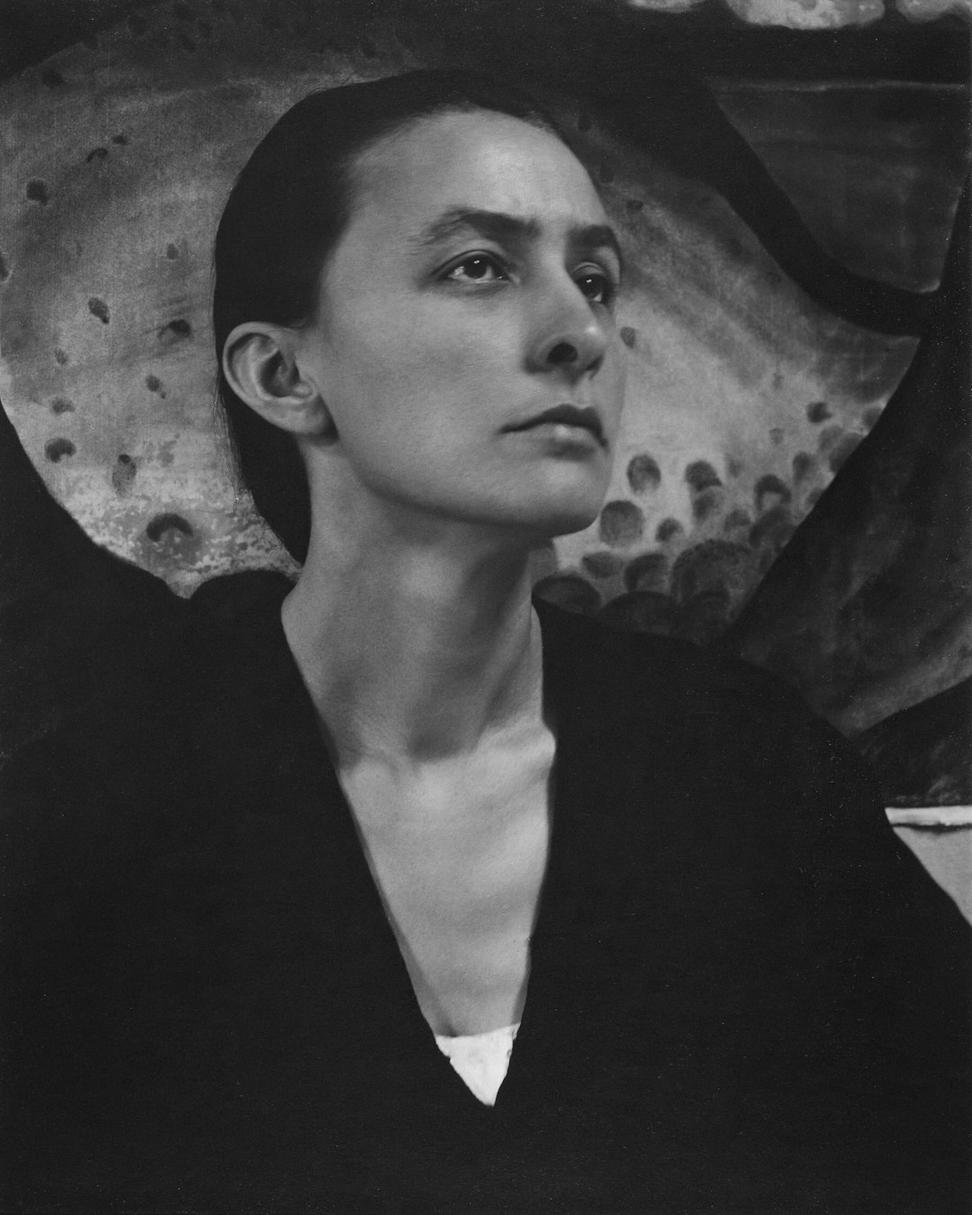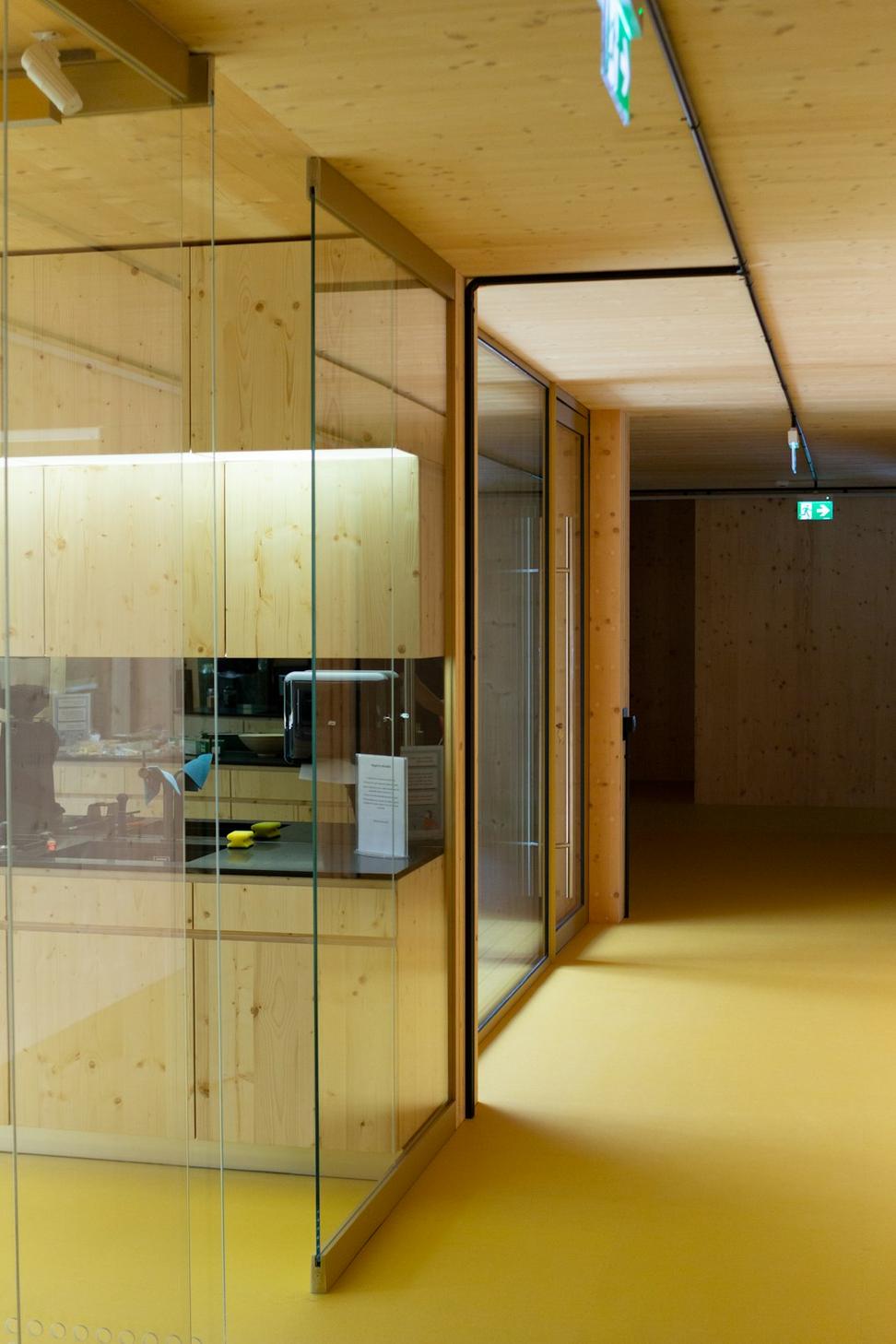
Emberlyn Quinthor
Principal Architect & Founder
How It All Started
I never set out to revolutionize architecture or anything grand like that. Honestly, I just couldn't shake this feeling that buildings should do more than look good - they should actually respect the world around them. Growing up near Lake Ontario, I spent way too much time sketching old warehouses and wondering how they could've been better. That curiosity stuck with me through every late night in design school and every frustrating conversation with contractors who thought "sustainable" meant "expensive."
After working at a few traditional firms in Toronto, I realized something was off. We were designing these massive structures without really thinking about their footprint - and I don't mean just physical. The energy waste, the materials shipped from halfway across the globe, the disconnect from the natural landscape... it bothered me more than I let on back then.
So in 2014, I took the leap. Started this practice with one guiding principle: create spaces that people love living in, working in, and that won't make future generations curse our names. Turns out, there were plenty of clients who felt the same way. Who knew?
"Design isn't about imposing your vision on a space. It's about listening - to the site, to the client, to what actually makes sense for the environment. Some of my best ideas came from just shutting up and paying attention."
What Drives Us
Our team's grown over the years, but the core belief hasn't changed. We're not here to slap solar panels on cookie-cutter designs and call it sustainable. Real environmental architecture means understanding materials, airflow, natural light, how a building ages, and yeah - how it fits into the neighborhood without sticking out like a sore thumb.
Every project teaches us something new. That renovation in Parkdale? Taught us that historic buildings have secrets worth preserving. The commercial space in Liberty Village? Reminded us that open-concept doesn't mean boring. We've learned to balance contemporary aesthetics with practical sustainability, and honestly, it's the challenge that keeps this work interesting.
